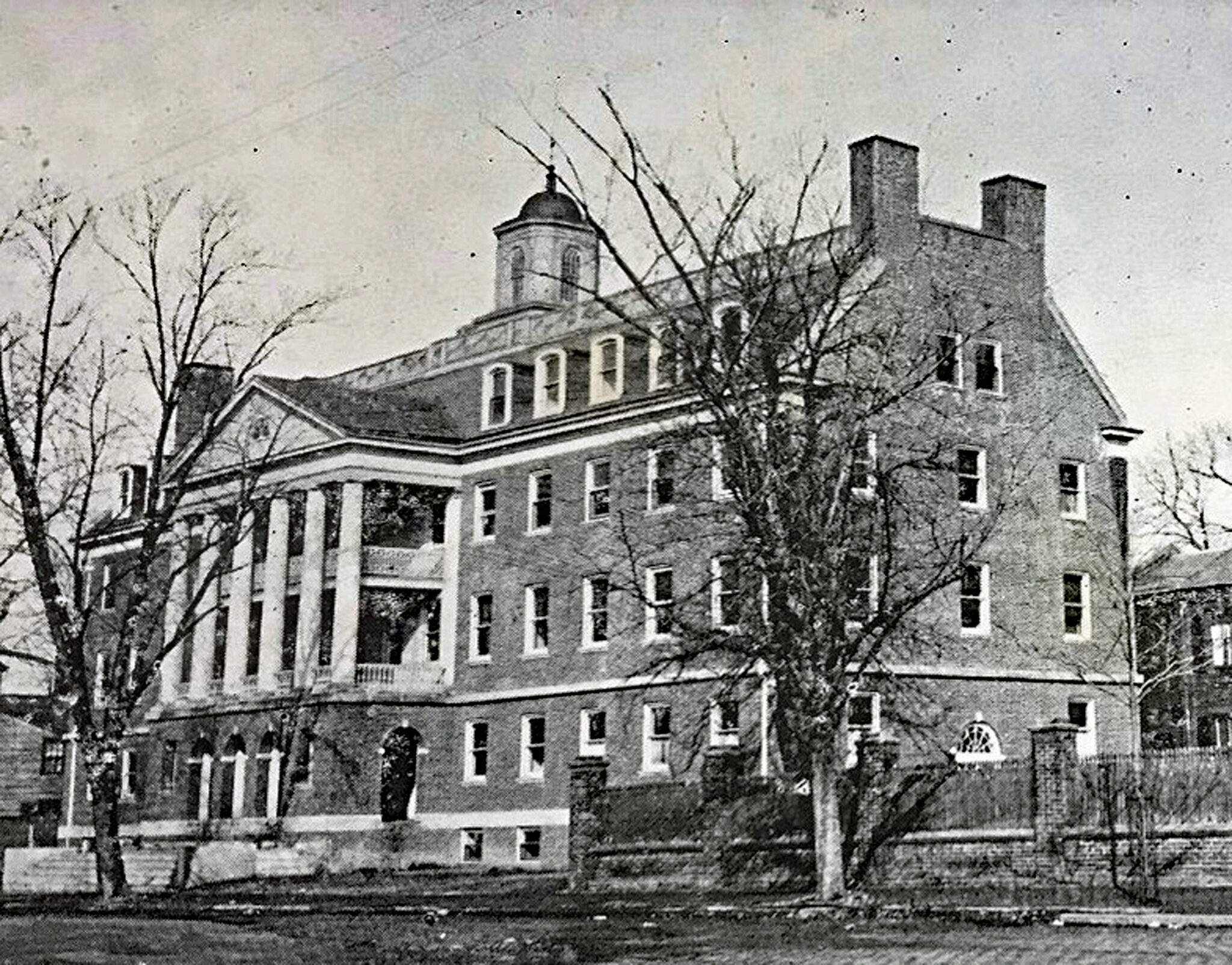Women’s History: How Much Do You Know about the Incredible School of Nursing at Alexandria Hospital?

Alexandria, VA – In honor of Women’s History Month, we invite you to take our specialty tours on Women’s History at Gadsby’s Tavern and the history of Midwifery at the Stabler-Leadbeater Apothecary Museum, and a lecture on Women’s impact on the history of healthcare. Tickets are available at alexandriava.gov/shop. Find out more on Women’s History in Alexandria at alexandriava.gov/historic-alexandria/womens-history-in-alexandria.
Throughout the centuries, women have made significant contributions to Alexandria. While these stories are important throughout the year, the City has officially observed Women’s History Month in March since 1998.
The observance originated as a national celebration in 1981, when Congress authorized and requested the president to proclaim the week beginning March 7, 1982, as “Women’s History Week.” After being petitioned by the National Women’s History Project, Congress designated March 1987 as “Women’s History Month.”
The Alexandria Infirmary, Inova Alexandria Hospital today, first opened on March 1, 1873. Accordingly, Women’s History Month in March is an excellent time to examine the history of nursing education for women at the hospital.
Marjorie Adamson started a small training school at the hospital in 1894. She was a graduate of the Glasgow Royal Infirmary in Scotland and both a physician and a nurse. The school was the fourth school of nursing to be established in Virginia. In the first year, there were two pupils.
In 1916, Fannie Carter began serving as the Superintendent of Nursing for the hospital and Director of the School. The school prospered under her leadership. She raised admission requirements and hired the first full-time instructor. Students were single white women between the ages of 19 and 35.

Because of the financial challenges of the Great Depression, the School of Nursing closed in 1933. However, just ten years later it reopened to help alleviate the nursing shortage caused by World War II. The school was approved for participation in the U.S. Cadet Nurse Corps (USCNC) training program, and the first class, 27 students, began in October 1943.
The USCNC, organized under the United States Public Health Service, was the first integrated uniformed U.S. Service Corps in the nation. Created to address the wartime nursing shortage, the program funded tuition, materials, and uniforms. The school continued enrolling classes in the program every spring and fall until September 1945, when the last class began their training.
In October 1944, Alexandria Hospital USCNC student Beulah Tyler served as a model for a USCNC recruiting poster. She also traveled to California to be featured as a Cadet Nurse in a small role in the movie The Story of G.I. Joe. Although Tyler’s part was not included in the film’s final edit, she spent a month in Hollywood, was featured on several radio programs, and participated in the Los Angeles Cadet Corps Week ceremonies.
The American Red Cross also trained nurse’s aides to help relieve the nursing shortage during World War II. In June 1944, the School of Nursing initiated its first Red Cross Nurse’s Aide class for African American women. The hospital had recently opened new north and east wings, including more facilities for African American patients, and additional staff was needed. African American nurses and nurse’s aides provided the care in the hospital’s African American sections.
After the war, the School of Nursing expanded. In 1958, it was accredited by the National League for Nursing, married students were allowed to enroll, and the school became the first in Virginia to admit male nursing students. Two African American men were enrolled in 1968.
By the 1980s, nursing students had begun favoring four-year baccalaureate programs over the School of Nursing’s three-year clinical diploma program, and the Hospital Board of Directors decided to phase out the school. The final students were admitted in the fall of 1984 and graduated in June 1987.
“Alexandria Hospital: Women Mobilize the Community,” an exhibition on view for a short time at the Alexandria History Museum at The Lyceum, marks the 150th anniversary of the Alexandria Infirmary. Visit the museum and learn more about the vital roles that women have played in sustaining the hospital.
ICYMI: A Historical Plaque Commemorates an African American Community by Wilkes Tunnel




